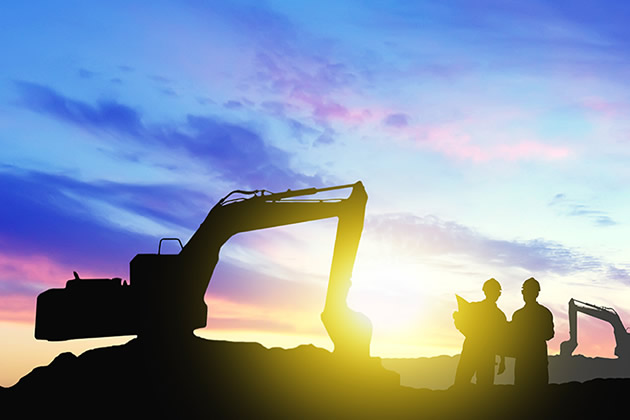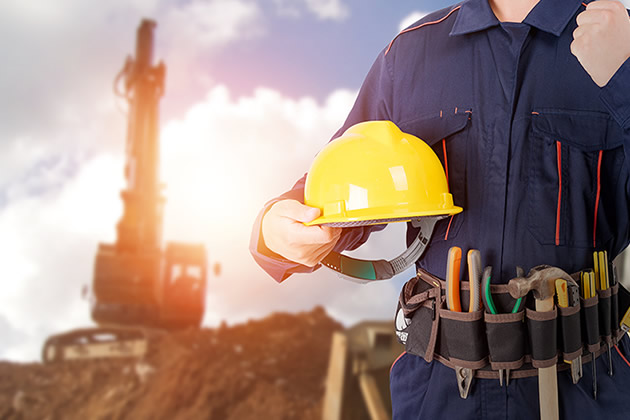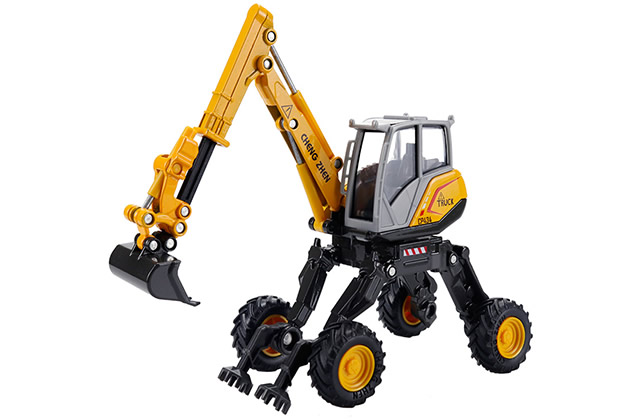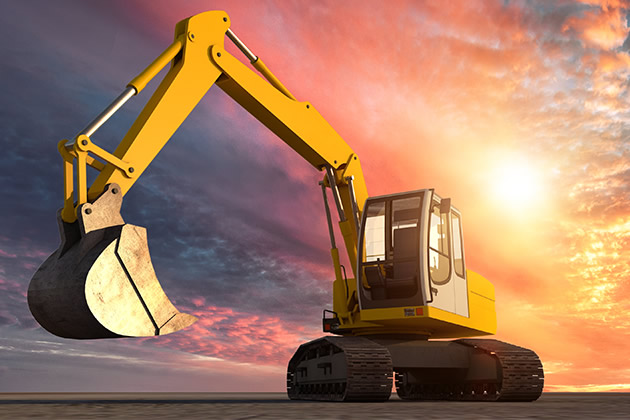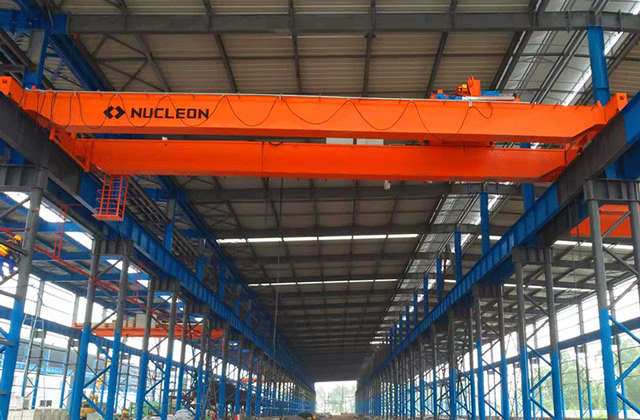Maintenance measures to extend the life of construction machinery tires such as cranes
Tires are an important part of wheeled vehicles, and their technical conditions directly affect the wheel life. The traction, passability, smoothness, safety, comfort and economy of the vehicle. According to statistics, tire maintenance costs account for approximately 15% of the normal maintenance costs of the entire vehicle. Analyzing the causes of abnormal tire wear and taking corresponding countermeasures has practical significance for preventing abnormal tire wear, extending service life, saving costs, improving its use efficiency and ensuring safe operation. This article analyzes the causes of abnormal tire wear and proposes several measures to extend the service life of tires for users to refer to and practice in order to save costs, protect machines, and obtain better economic benefits.
Abnormal wear and tear caused by various factors during tire use is a headache for most drivers. Too high or too low tire pressure, overloaded operations, poor four-wheel alignment, rough operations caused by unskilled operators, unreasonable tire selection and installation, and damage to external hard objects will all reduce the risk. tire life. To effectively avoid these abnormal wear and tear, you need to do the following work:
First of all, strictly abide by tire inflation standards. After inflating, you should check whether all parts are leaking, and check the tire pressure regularly. Ensure compliance with standards. Develop the habit of using a barometer to measure air pressure and not judge it with the naked eye. It ensures that the tire has a certain degree of elasticity, and when it bears a specified load, its deformation does not exceed the specified range, ensuring that the vehicle has good stability and comfort while driving. The air pressure of the spare tire should be relatively high to prevent it from running flat over time.
Secondly, you must correctly select and install tires, and use corresponding inner tubes according to tire specifications. Tires assembled on the same machine should be of the same brand, structure and performance. If this cannot be done, tires of the same brand, specification, pattern and type should be installed on the same axle; when replacing new tires, the entire vehicle or the same axle should be replaced; tires with directional patterns , should be installed according to the specified rolling direction; when replacing new tires, the new tires should be installed on the front wheels and the repaired tires should be installed on the rear wheels. To ensure driving safety, retreaded tires are not allowed to be used as steering wheels (front wheels).
Third, perform tire rotation regularly. After the vehicle has been driven for a period of time, the front and rear tires will have different levels of fatigue and wear, so they should be replaced in time according to regulations. There are two ways to change tires: crossover method and cycle method. The cross-replacement method is suitable for vehicles that often drive on roads with large camber, while the cyclic replacement method is suitable for vehicles that often drive on flatter roads.
Fourth, the tire temperature must be controlled. When the vehicle is driving, the tires generate heat due to friction and deformation, which increases the temperature and air pressure inside the tires. When the tire temperature is very high, you cannot use the method of deflating the air to reduce the pressure, let alone pouring water on the tire to cool down, so as not to accelerate tire damage.You should stop in a shady place to rest and wait until the tire temperature drops before continuing to drive. When parking your vehicle on the way and arriving at the scene, you must develop a safe parking habit. Choose a flat, clean and oil-free ground for parking, and each tire must land smoothly. Especially if the vehicle is loaded overnight, you should pay more attention to choosing a parking location and jack up the rear wheels if necessary. When the vehicle is out of service for a long time, the frame should be propped up with wooden blocks to reduce the load on the tires; the tires cannot be parked on the spot when there is no air pressure, and the wheels should be jacked up.
Fifth, tires should avoid being stored near sunlight, oil, acid, flammable substances and chemical corrosives. All tires should be stored in a cool, dry and dark room. Tires should be placed upright. It is strictly forbidden to lay them flat, stack or hang them in a row. The storage period shall not exceed three years. If inner tubes need to be stored separately, they should be filled with an appropriate amount of air and should not be folded, laid flat or stacked. When not stored separately, it must be placed inside a tire and properly inflated.
In addition, in severely cold areas in winter, due to low temperatures, the rubber of tires becomes more brittle and its elasticity decreases. When the vehicle is driven again after being parked overnight or parked for a long time, the clutch pedal should be slowly lifted at the start to start smoothly. Drive at a low speed for a few kilometers, and then drive normally after the tire temperature rises. If the vehicle has been parked on ice for a period of time, the ground contact area may be frozen. Extra care must be taken when starting to prevent the tread from being torn. When the vehicle is parked in the open air for a long time in severe cold areas, in order to prevent the tires and the ground from freezing, wooden boards or sand should be placed under the tires.
If the website content violates your rights, please contact us to delete it。



